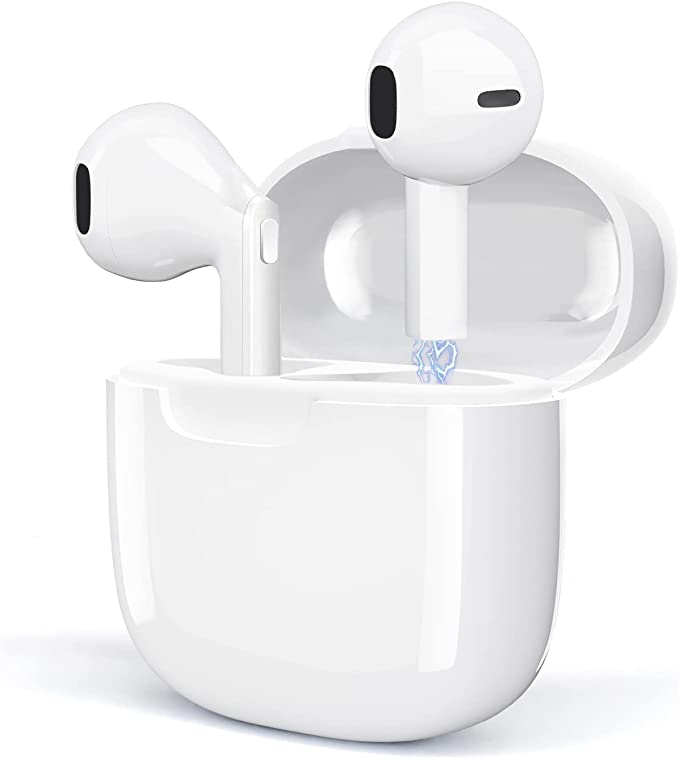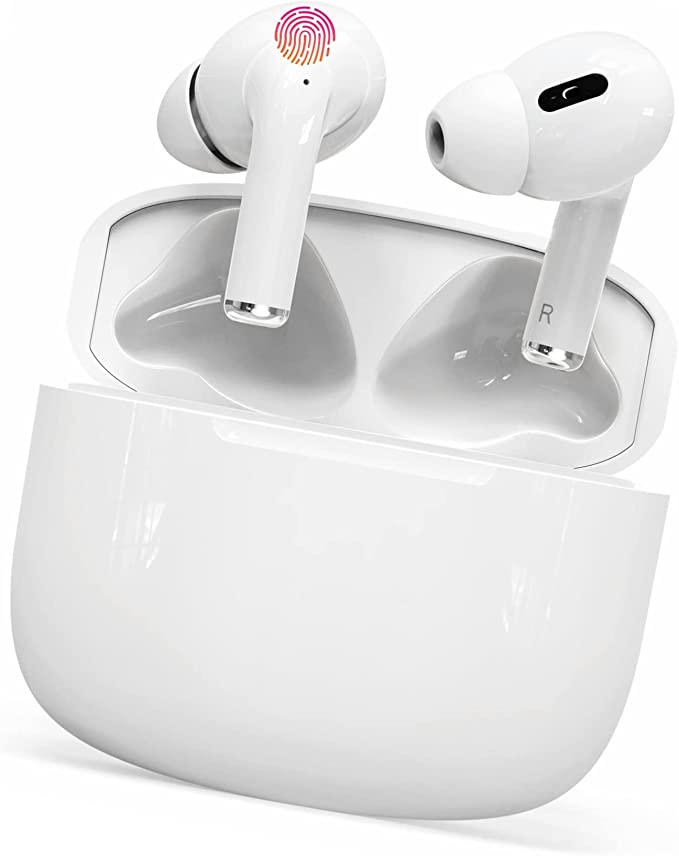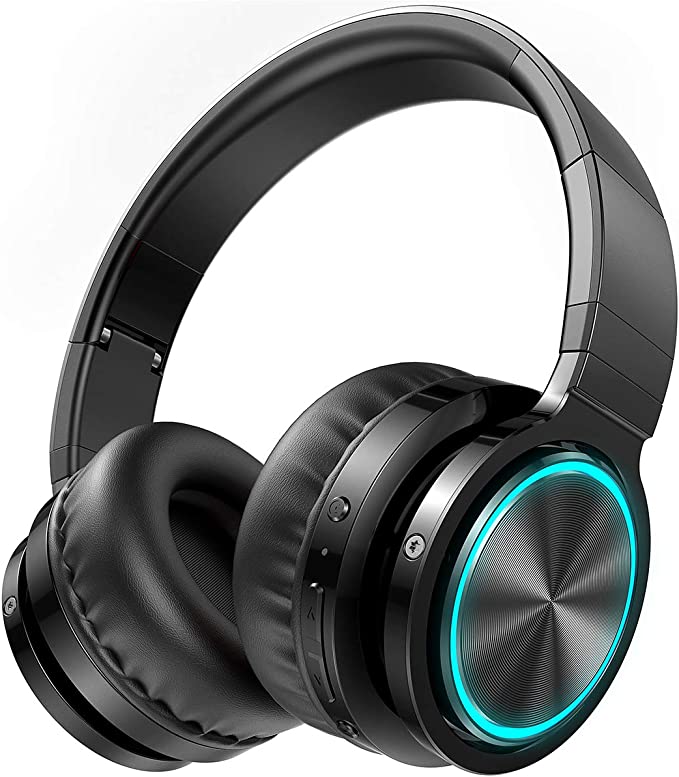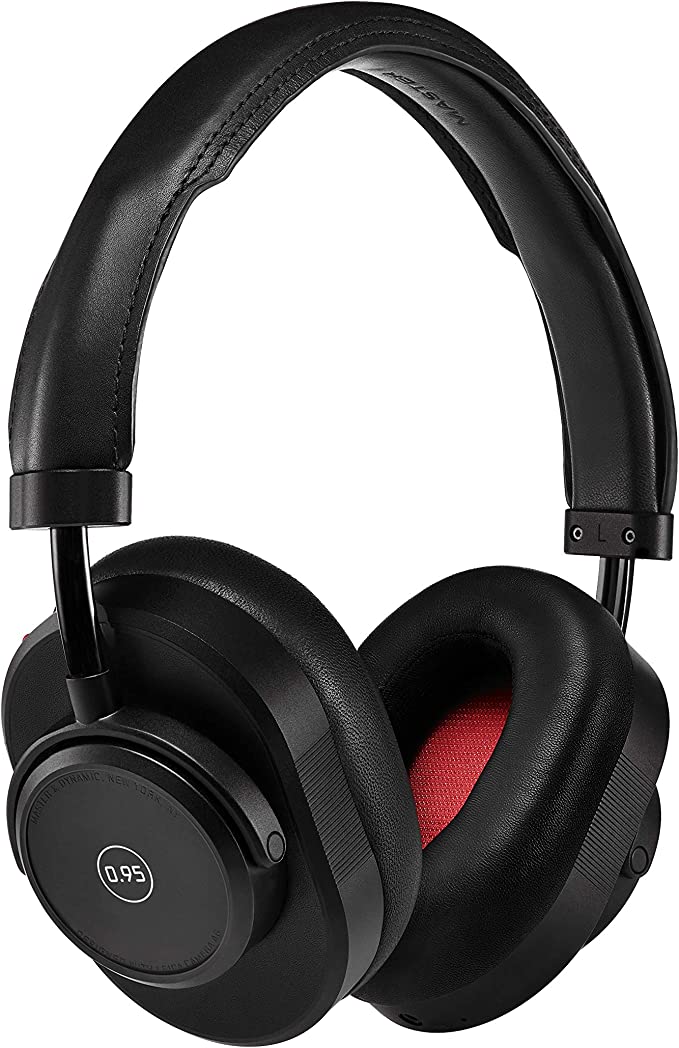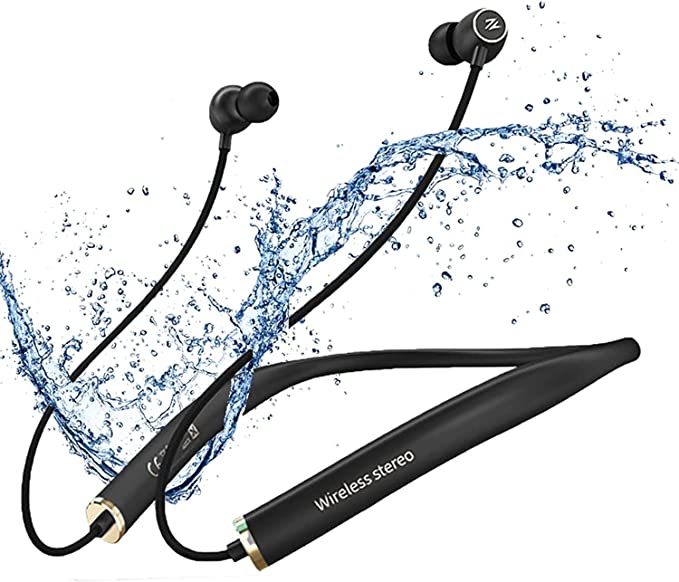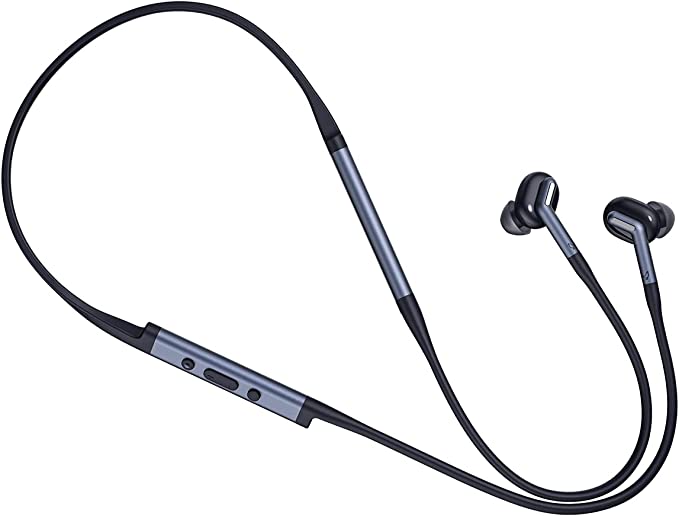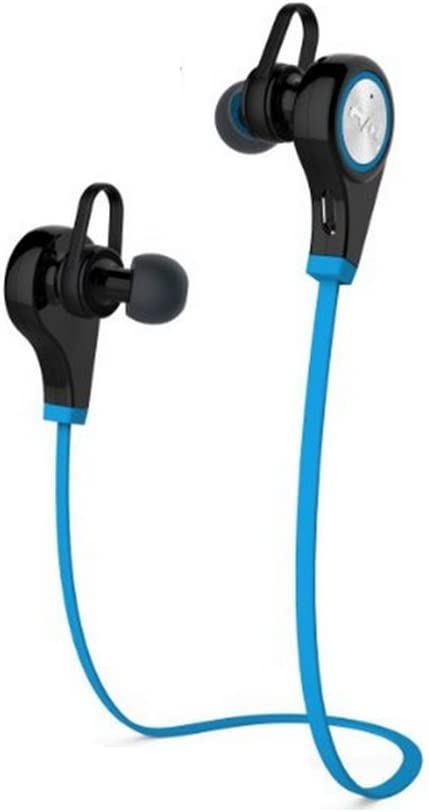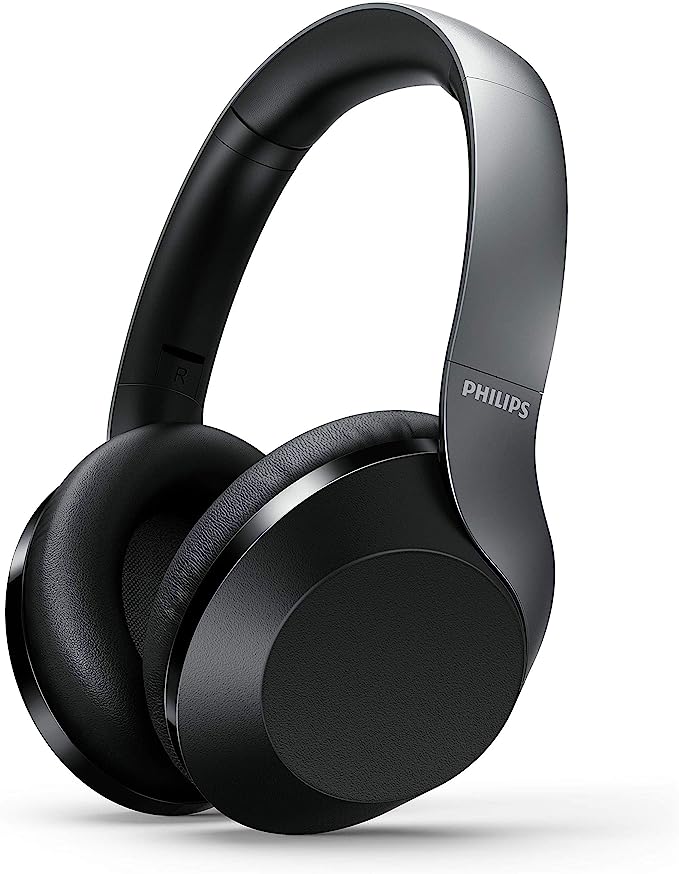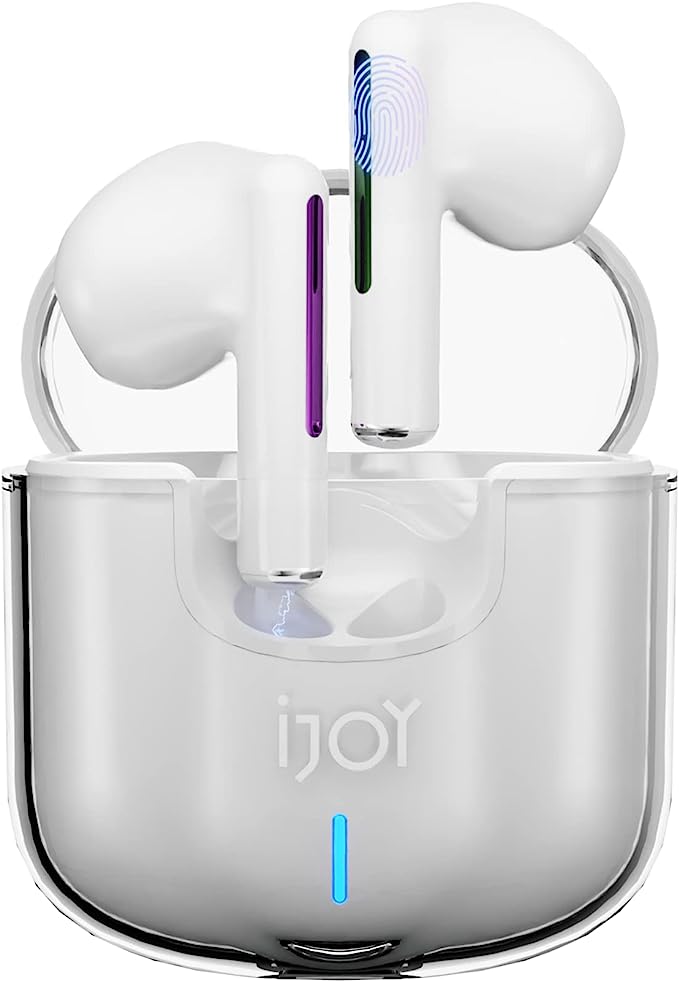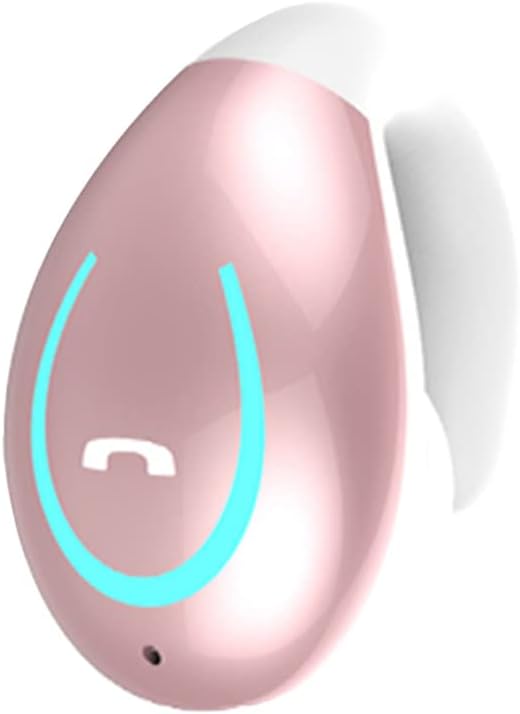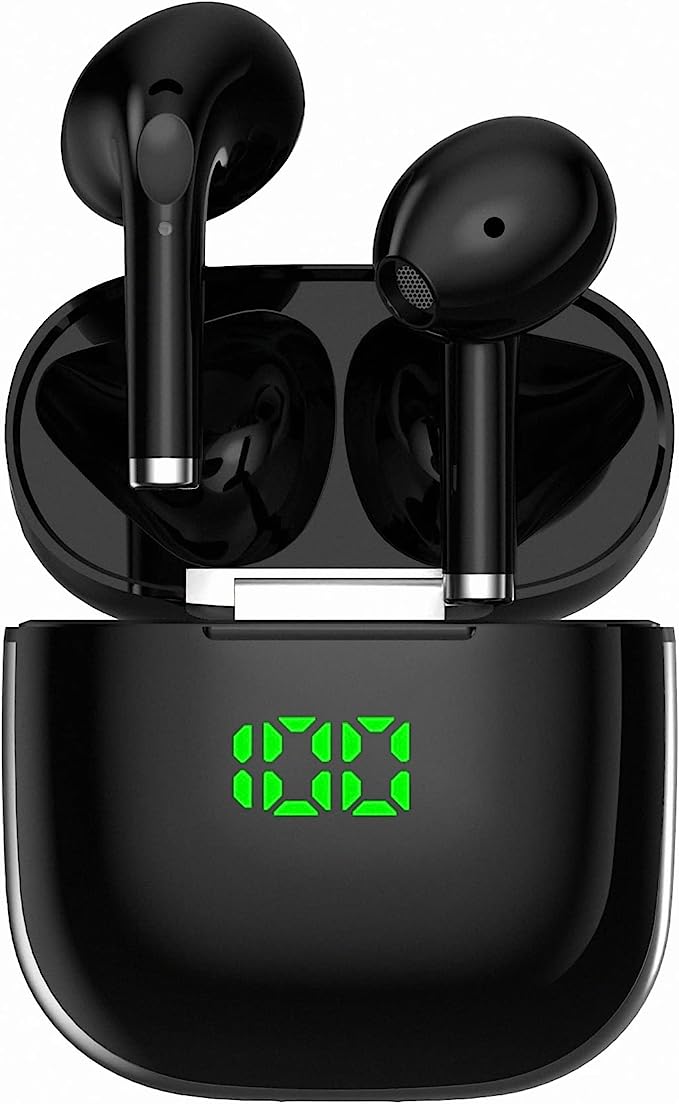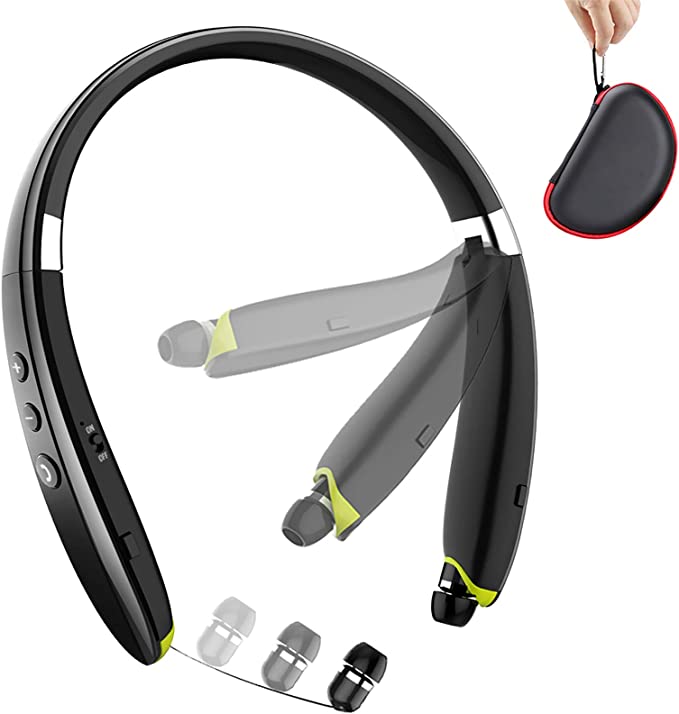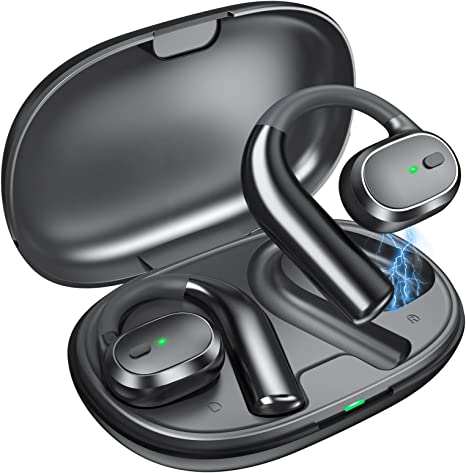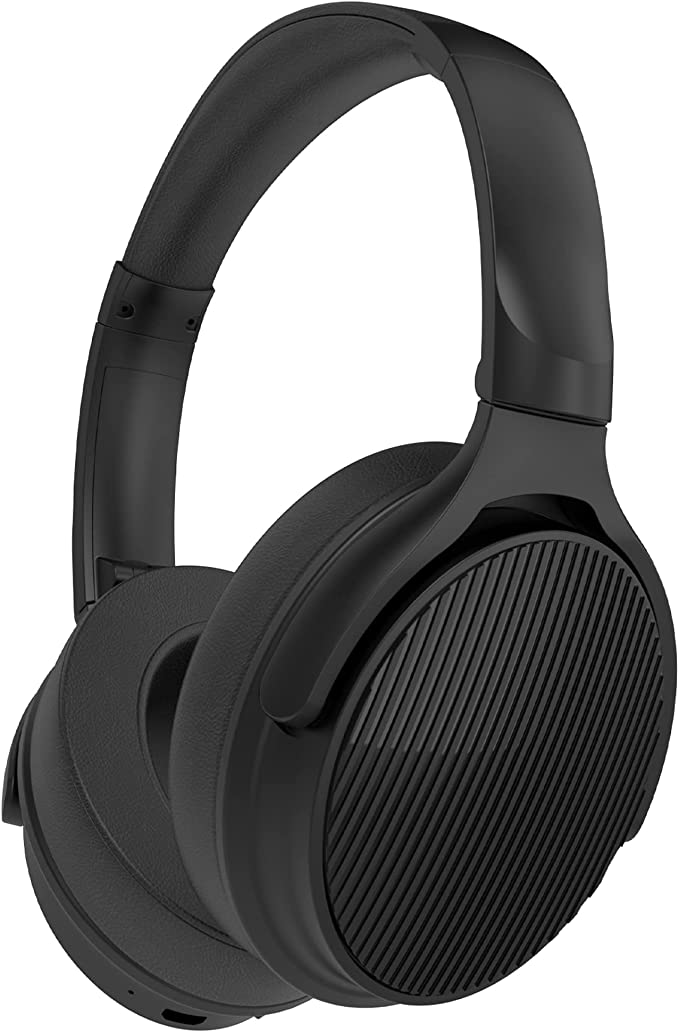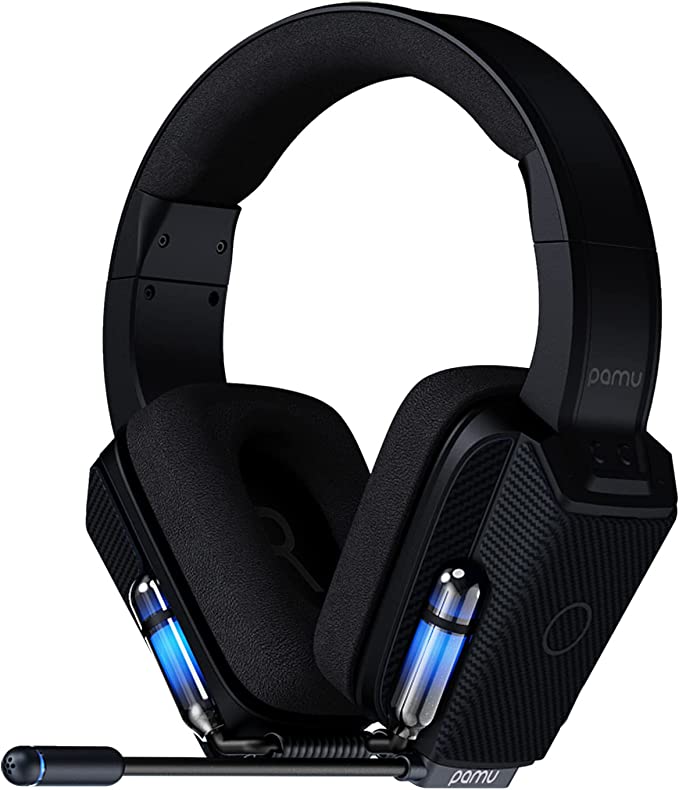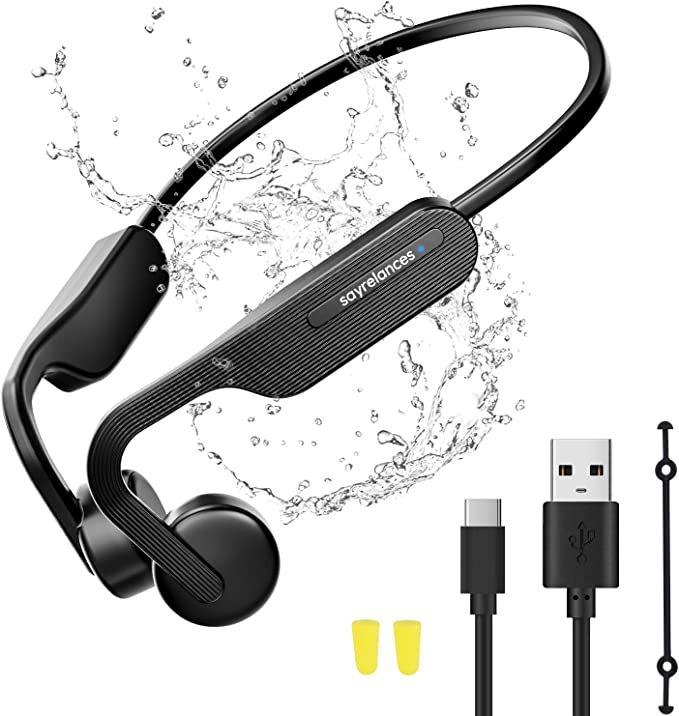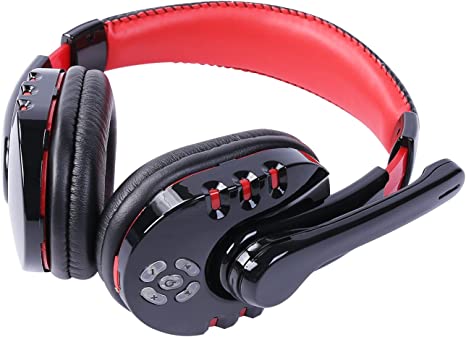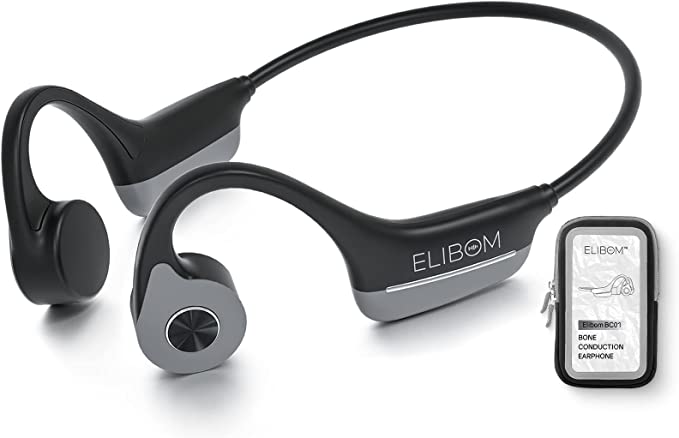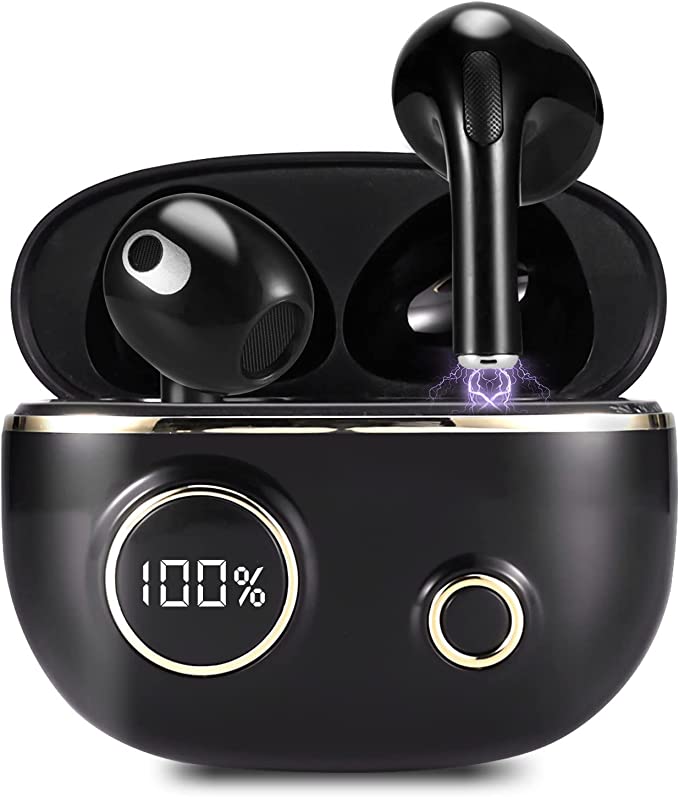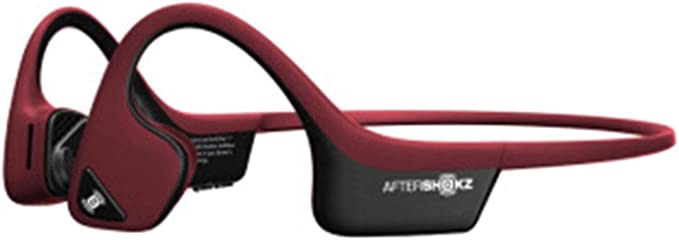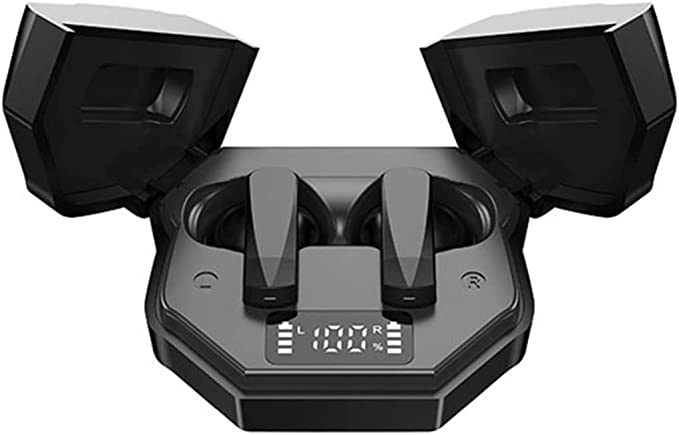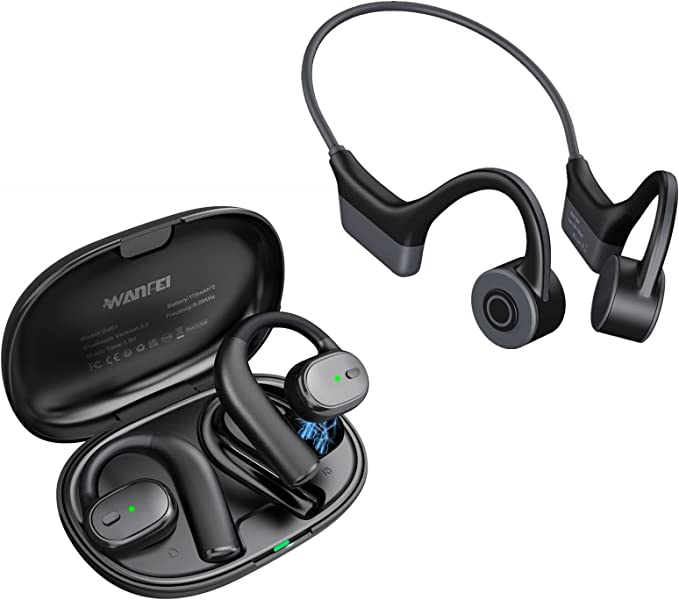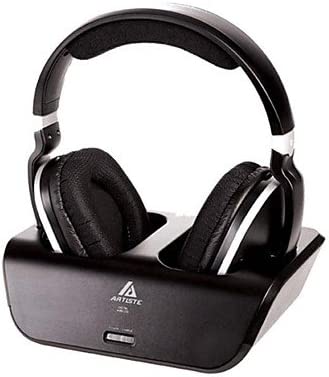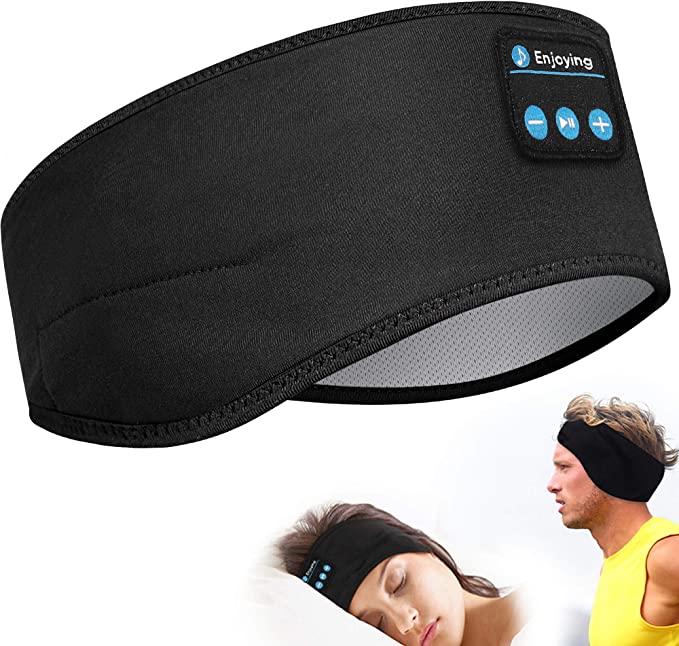Unveiling the Science of Sound: Inside the YPENSLZX H3 Foldable Wireless Headphones
Update on Feb. 17, 2025, 2:28 p.m.
We live in a world that’s constantly on the move. We commute, we travel, we exercise, we work remotely – and we want our audio to keep up. But “keeping up” shouldn’t mean sacrificing quality. We crave rich, immersive sound, whether it’s our favorite music, a captivating podcast, or an important conference call. The YPENSLZX H3 Foldable Wireless Headphones are designed to meet this need, combining portability with a commitment to high-quality audio. But how do they work? Let’s delve into the fascinating science of sound and the technology that brings it to your ears.

Sound: More Than Meets the Ear
What is sound, really? It’s more than just something we hear. It’s a physical phenomenon, a vibration that travels through a medium, like air. Imagine dropping a pebble into a calm pond. The impact creates ripples, waves that spread outward. Sound works in a similar way. When an object vibrates – a guitar string, a vocal cord, a headphone driver – it creates pressure waves in the surrounding air.
These waves have three key characteristics:
- Frequency: This determines the pitch of the sound. It’s measured in Hertz (Hz), which represents the number of wave cycles per second. A high-frequency sound wave has a short wavelength and is perceived as a high-pitched sound (like a flute). A low-frequency sound wave has a long wavelength and is perceived as a low-pitched sound (like a bass drum). The human ear can typically hear frequencies between 20 Hz and 20,000 Hz, although this range can narrow with age.
- Amplitude: This determines the loudness of the sound. It’s related to the intensity of the pressure wave. A larger amplitude means a louder sound. We measure loudness in decibels (dB).
- Timbre: This is the quality of the sound, what makes a violin sound different from a trumpet, even when they play the same note at the same volume. Timbre is determined by the complex combination of different frequencies present in the sound wave, including overtones and harmonics.
And how do we hear these waves? When they reach our ears, they cause our eardrums to vibrate. These vibrations are then transmitted through tiny bones in the middle ear to the cochlea, a fluid-filled structure in the inner ear. Inside the cochlea, tiny hair cells convert these vibrations into electrical signals that are sent to the brain, where they are interpreted as sound.

From Electricity to Eardrums: How Headphones Work
Headphones are essentially miniature loudspeakers. They take an electrical signal – representing the audio you want to hear – and convert it back into sound waves. The key component that does this is called a driver.
Think of the driver as a tiny, rapidly vibrating diaphragm. When an electrical current passes through a coil of wire attached to the diaphragm, it creates a magnetic field. This magnetic field interacts with a permanent magnet within the driver, causing the diaphragm to move back and forth. This movement creates the pressure waves that we perceive as sound.
There are different types of headphone drivers, each with its own strengths and weaknesses:
- Dynamic Drivers: These are the most common type. They’re known for their powerful bass response and relatively low cost.
- Planar Magnetic Drivers: These use a thin, flat diaphragm suspended between magnets. They’re often praised for their accuracy and detail, but they can be more expensive and require more power.
- Electrostatic Drivers: These use a very thin, electrically charged diaphragm suspended between two conductive plates. They’re known for their incredibly detailed and transparent sound, but they’re also the most expensive and require a special amplifier.
The YPENSLZX H3 features a closed-back, over-ear design. The enclosure of a headphone – the part that surrounds the driver – plays a crucial role in shaping the sound. Closed-back headphones, like the H3, seal the driver off from the outside world. This provides good sound isolation, preventing sound from leaking in or out. This is beneficial in noisy environments and also helps to enhance bass response.
Chasing Perfection: What is “HiFi” Audio?
“HiFi,” or High Fidelity, is a term often used to describe audio equipment that aims to reproduce sound as accurately as possible. But it’s more than just a technical specification. While technical measurements like low distortion and a flat frequency response are important, HiFi is also about the subjective listening experience. It’s about feeling immersed in the music, hearing every detail, and experiencing the emotion the artist intended to convey. True HiFi is about recreating the feeling of being present at the original performance.
The YPENSLZX H3: Bringing Sound to Life
The YPENSLZX H3 headphones are engineered with the pursuit of high quality sound reproduction at their core. The closed-back, over-ear design is a critical choice, prioritizing focused listening.
Cutting the Cord: Understanding Bluetooth Technology
The YPENSLZX H3 utilizes Bluetooth, a wireless communication technology that allows devices to connect and exchange data without cables. The story of wireless audio goes back further than you might think, with early experiments in radio transmission dating back to the late 19th century! But Bluetooth, developed in the 1990s, revolutionized personal audio by providing a standardized, low-power way for devices to connect wirelessly.
Bluetooth works by using radio waves in the 2.4 GHz frequency band. When you pair the H3 headphones with your phone or computer, they establish a secure, short-range connection. This involves a “handshake” process where the devices identify each other and agree on a communication protocol.
Now, here’s where things get interesting. Bluetooth itself doesn’t transmit audio directly. Instead, it transmits digital data. This data needs to be encoded and decoded, and that’s where audio codecs come in. Different codecs use different algorithms to compress and decompress the audio signal. Some common codecs include:
- SBC: The standard, mandatory codec for all Bluetooth devices. It’s generally considered the lowest common denominator in terms of sound quality.
- AAC: Commonly used by Apple devices. It generally offers better sound quality than SBC at similar bitrates.
- aptX: A family of codecs developed by Qualcomm, known for offering better sound quality and lower latency than SBC.
While the provided information about the YPENSLZX H3 doesn’t specify the Bluetooth version or supported codecs, it’s important to understand that these factors can significantly impact the audio quality and latency you experience. A newer Bluetooth version (like 5.0 or later) generally offers better stability, range, and power efficiency. And a higher-quality codec (like AAC or aptX) can deliver a more detailed and enjoyable listening experience.

Power in Your Pocket: Battery Life and Foldability
The YPENSLZX H3 isn’t just about wireless freedom; it’s also about practicality. The foldable design is a major advantage for portability. You can easily fold the headphones and tuck them into a bag or backpack, making them ideal for travel, commuting, or simply storing them when not in use.
The H3 also boasts an impressive battery life of up to 14 hours at 50% volume. This is thanks to the use of lithium-ion batteries, which are the standard for portable electronic devices. Lithium-ion batteries work by using the movement of lithium ions between a positive and negative electrode to create an electrical current. They offer a good balance of energy density (meaning they can store a lot of energy for their size), weight, and lifespan.
Touch Control
The YPENSLZX H3 feature intuitive touch controls, allowing you to easily manage your music and calls without fumbling for buttons. A simple tap or swipe on the earcup can play/pause music, skip tracks, adjust the volume, or answer incoming calls.
Wired Option
While offering robust wireless functionality, the YPENSLZX H3 also recognizes that sometimes a wired connection is preferred or necessary. The inclusion of a 3.5mm audio cable provides a versatile backup option, ensuring you can always enjoy your audio, even if the battery is depleted or you’re connecting to a device without Bluetooth capability.

The Comfort Factor: Over-Ear Design
The over-ear design of the YPENSLZX H3 is a key factor in both sound quality and comfort. The earcups completely surround your ears, creating a seal that helps to isolate you from external noise. This not only allows you to hear more detail in your music but also reduces the need to crank up the volume, which is better for your hearing health. The choice of materials for the earcups and headband also plays a crucial role. Breathable, soft materials are essential for long-term comfort, preventing heat buildup and pressure points.

Sound Advice: Caring for Your Headphones (and Your Hearing!)
To keep your YPENSLZX H3 headphones sounding their best and lasting for years to come, a little care goes a long way:
- Cleaning: Regularly wipe down the earcups and headband with a soft, slightly damp cloth. Avoid using harsh chemicals or abrasive cleaners.
- Storage: When not in use, store your headphones in a clean, dry place, preferably in a case or pouch to protect them from dust and damage.
- Cable Care: If you’re using the wired connection, avoid pulling or yanking on the cable.
- Volume Levels: Protect your hearing! Listen at moderate volume levels and take breaks to avoid ear fatigue. Prolonged exposure to loud sounds can cause permanent hearing damage. Remember the 60/60 rule: listen at no more than 60% of the maximum volume for no more than 60 minutes at a time.

Conclusion
The YPENSLZX H3 Foldable Wireless Headphones represent a blend of convenient design and a commitment to delivering an enjoyable listening experience. By understanding the underlying principles of sound, wireless technology, and headphone design, we can appreciate the engineering that goes into creating these portable audio companions. From the physics of sound waves to the intricacies of Bluetooth communication, the H3 offers a glimpse into the fascinating world of audio technology.
